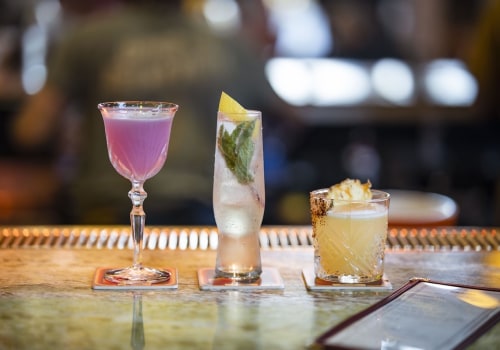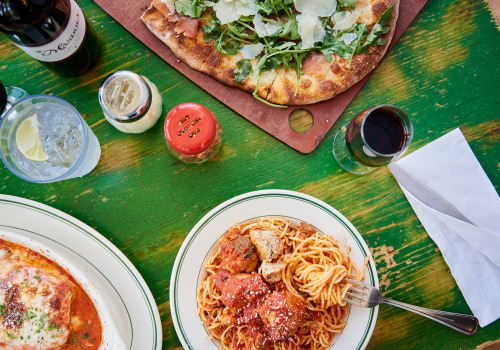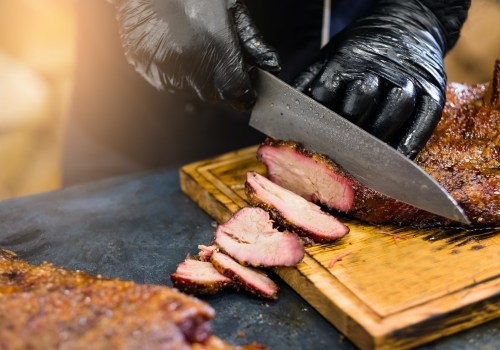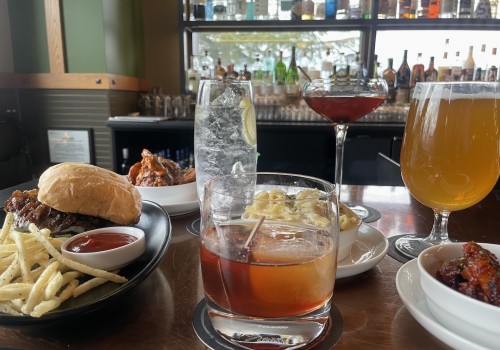Central Texas is well-known for its thriving food scene, where diners play a key role in bringing together communities for hearty breakfasts, comforting lunches, and late-night bites. However, with the popularity of these establishments comes one inevitable challenge: long wait times. For both business owners and customers, addressing this issue is essential to maintaining satisfaction and efficiency. Diners thrive on repeat customers and word-of-mouth recommendations, so ensuring that guests can be seated, served, and satisfied in a timely manner directly affects long-term success. Reducing wait times involves a combination of operational strategies, customer engagement, and creative solutions that reflect the unique character of Central Texas dining culture.
Improving Operational Efficiency
One of the most effective ways to cut down wait times is to streamline operations behind the scenes. This includes everything from training staff to anticipate peak hours to ensuring kitchens are well-stocked and organized. Diners that adopt technology, such as point-of-sale systems integrated with mobile ordering, gain a competitive edge in handling high-volume traffic. Prepping popular menu items in advance during rush periods, optimizing seating arrangements to minimize downtime between guests, and keeping communication smooth between servers and kitchen staff all contribute to faster service. These steps not only reduce wait times but also enhance the overall dining experience.
Leveraging Technology for Customers
In addition to operational improvements, many diners in Central Texas are embracing customer-facing technology to manage demand. Online reservations, mobile waitlist apps, and text alerts that notify guests when their table is ready allow customers to plan their visits more efficiently. These tools also reduce the frustration of waiting in crowded lobbies, as diners can explore nearby shops or take a stroll until their table is available. Some establishments even incorporate pre-ordering options so that meals can be prepared before guests are seated, further minimizing delays. In a region where innovation and tradition coexist, adopting technology demonstrates a commitment to evolving with customer expectations while still honoring the classic diner experience.
Creative Solutions and Community Connections
Reducing wait times is not always about speed alone; it can also involve enhancing the waiting experience so that customers feel more engaged and less inconvenienced. Diners can provide comfortable outdoor seating, free Wi-Fi, or even entertainment options for families waiting during peak hours. Collaborations with local businesses bring added value—for instance, nearby shops or attractions can benefit from guests exploring while they wait for a table. In some cases, creative community partnerships, like those with Jumpin Joy Party Rentals, remind us that customer experience extends beyond the meal itself, blending fun and comfort into what might otherwise be a frustrating delay. Such solutions highlight the importance of thinking outside the box to keep guests happy and connected to the local culture.
Conclusion
Reducing wait times at diners in Central Texas requires a balance of operational efficiency, technological innovation, and customer-focused creativity. By investing in staff training, adopting reservation and waitlist tools, and reimagining how guests spend their time while waiting, diners can transform challenges into opportunities. These efforts not only minimize delays but also build loyalty and enhance the region’s reputation for hospitality. Ultimately, addressing wait times is about more than moving customers through quickly—it’s about ensuring that every diner visit, from start to finish, reflects the warmth and excellence that Central Texas is known for.










